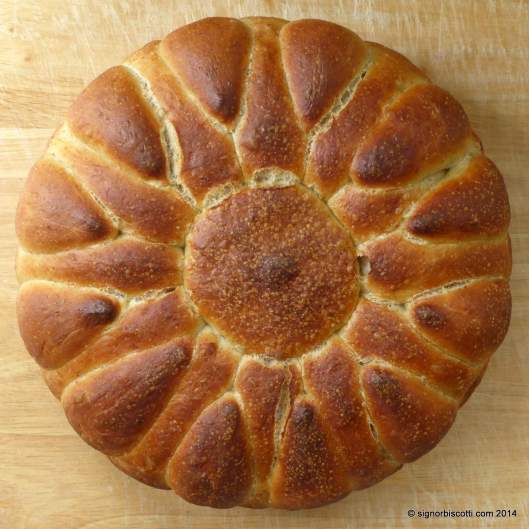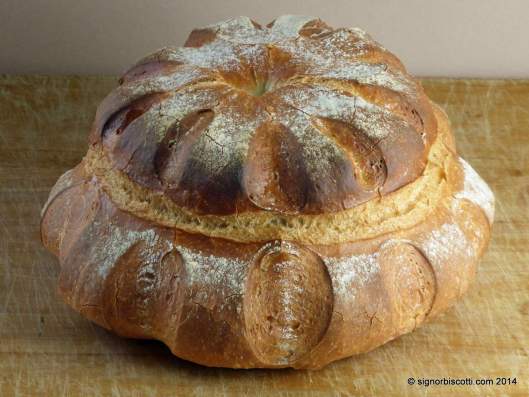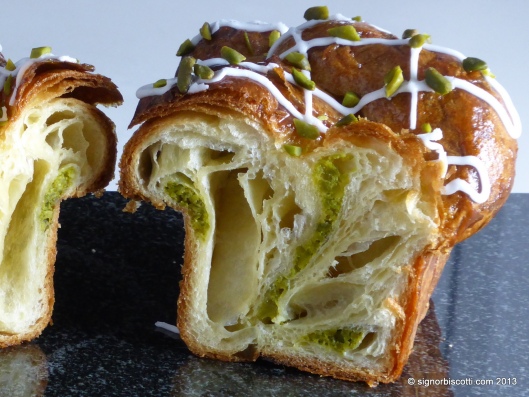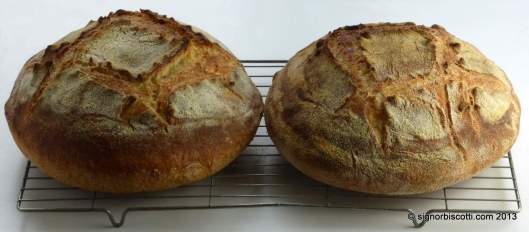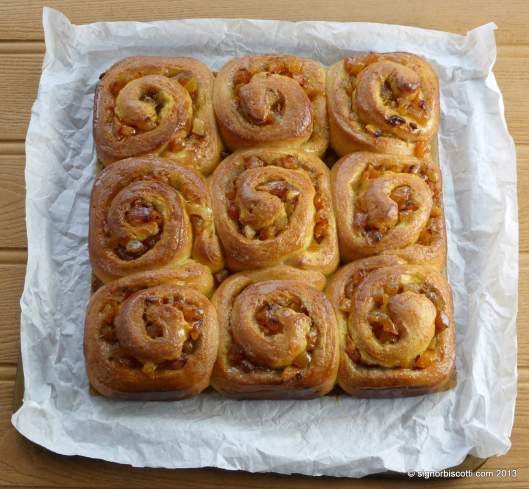
Panettone is a wonderful thing, and any keen amateur baker is likely to want to try making it at some point. But before they dive in, they might like to consider the response of a famous baker, when he was asked to recommend a recipe for Panettone. “Leave it to the experts”, he said. I can understand where he was coming from; Panettone is neither quick nor easy to make and there is no guarantee that the end result will be superior to something you might buy.
All that is even more true when you make a naturally leavened version, using a sourdough starter. My first attempt at this took nearly 3 days from start to finish and ended up a little on the sour side. The second version took a little less time but was perfectly sweet – someone declared it was the best Panettone they had ever eaten… It also won the prize at Hobbs House Bakery’s King of the Sourdough competition. (See bottom of this post.)
So why make Panettone? Well, if, like me, you relish a baking challenge, you enjoy the processes of baking as much as the end results, and find it rewarding to know that you have produced something impressive and delicious, why not give it a go? All you have to lose is 60 hours or so of your life!
Continue reading →



